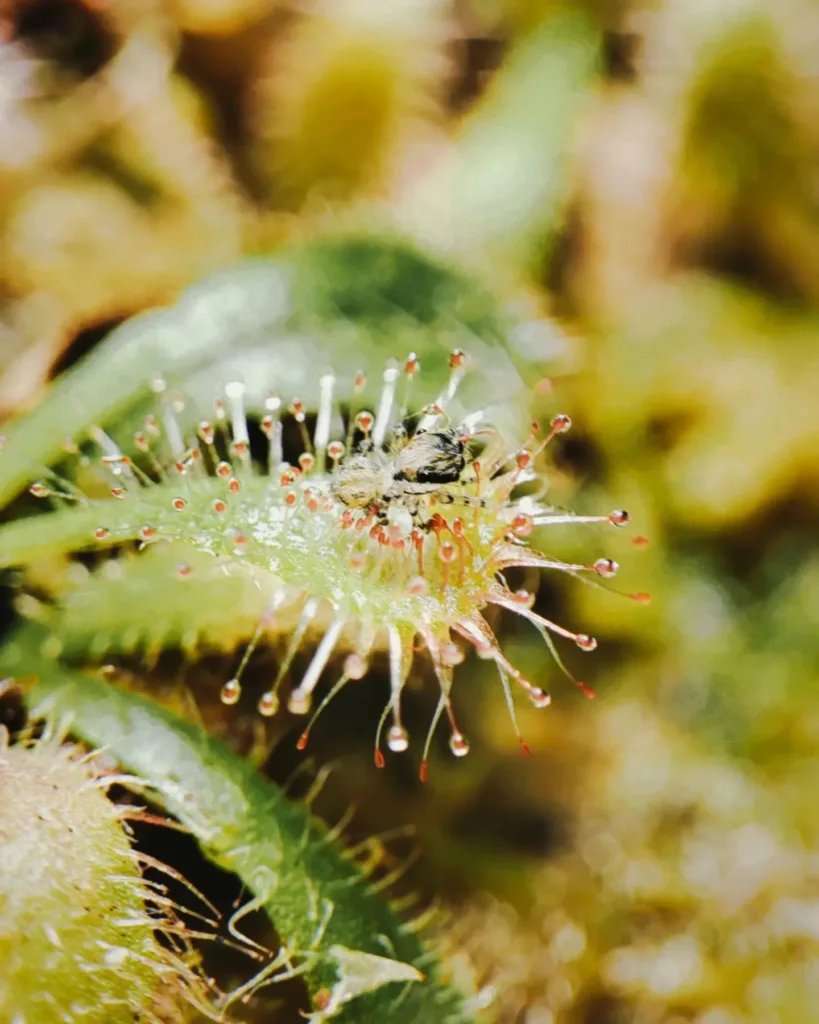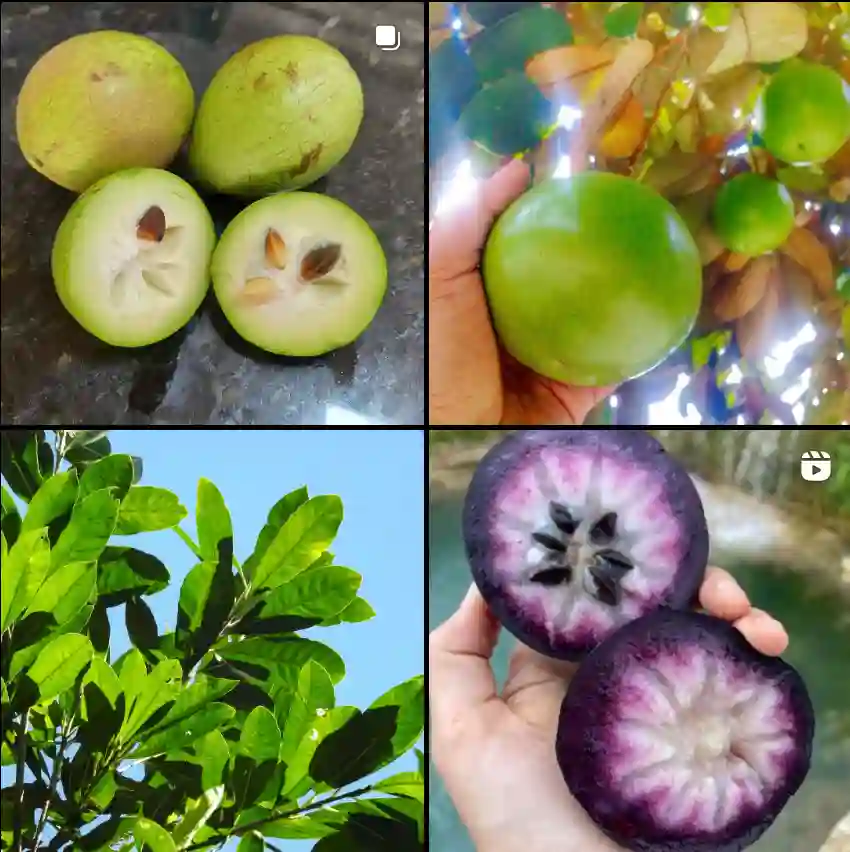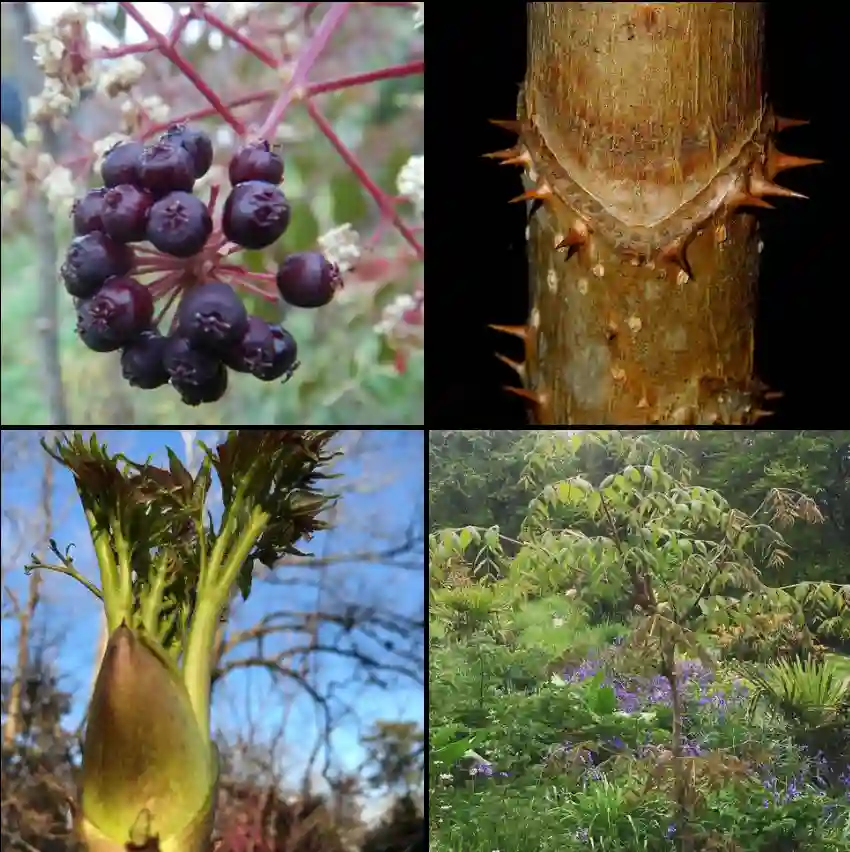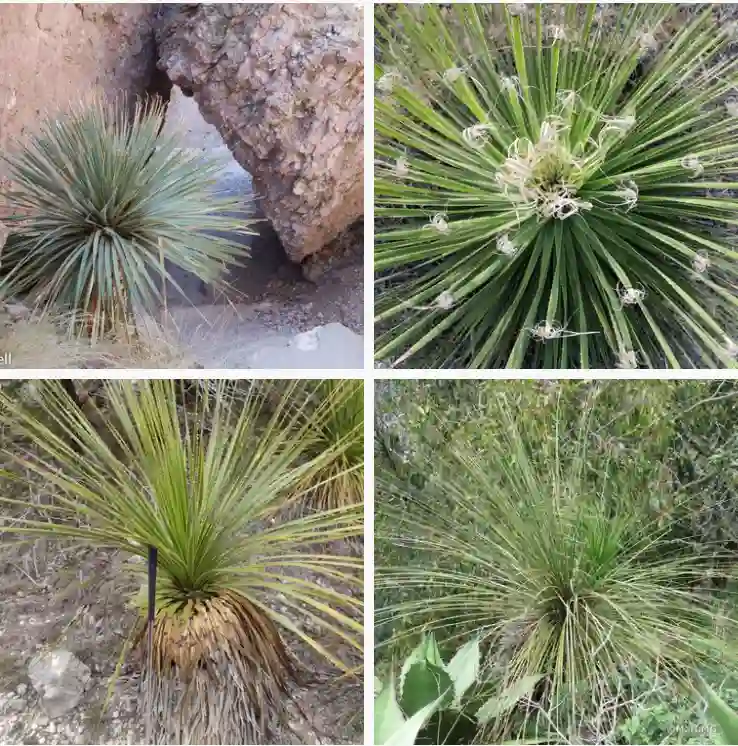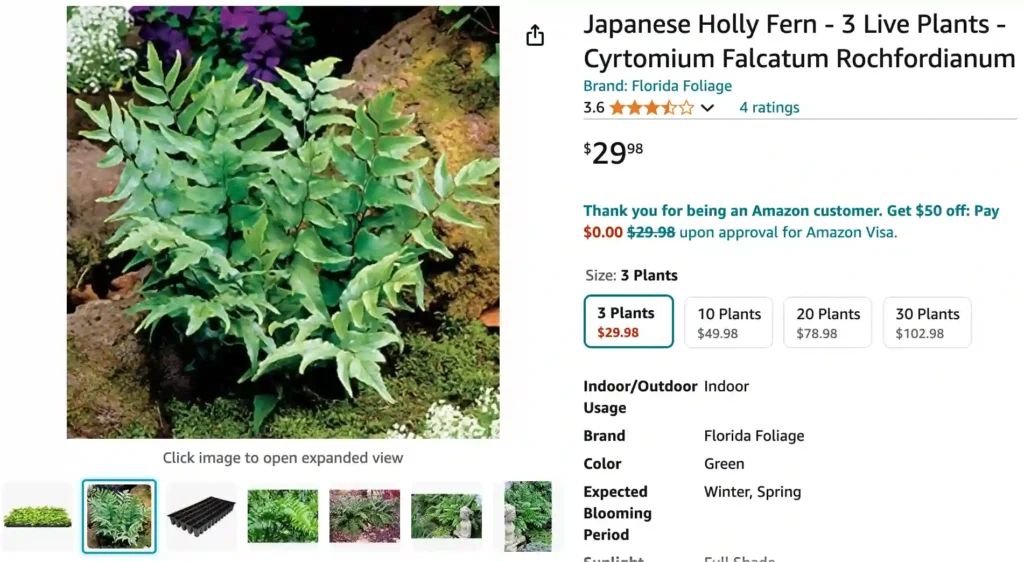
The Enduring Elegance of Cyrtomium Falcatum: A Fern for All Seasons
For those seeking a touch of timeless elegance in their garden or home, look no further than Cyrtomium falcatum, also known as the Japanese Holly Fern. This captivating fern, with its glossy, dark green fronds and architectural form, has captivated plant enthusiasts for generations. But beyond its beauty, Cyrtomium falcatum offers surprising resilience and adaptability, making it a rewarding choice for both seasoned gardeners and novices alike. In this article, I’ll delve into the world of Cyrtomium falcatum, exploring its characteristics, care requirements, and potential companions in your green haven.
What is Cyrtomium Falcatum?
Cyrtomium falcatum hails from the wilds of eastern Asia, where it thrives in the dappled shade of forests. Its most striking feature is undoubtedly its fronds. Unlike the feathery foliage of many ferns, Cyrtomium falcatum boasts broad, leathery pinnae that arch gracefully outwards. These pinnae, aptly named for their resemblance to a sickle (falcatum in Latin), are a deep, glossy green that adds a touch of sophistication to any space.
This fern’s evergreen nature (though it can be deciduous in colder climates) further enhances its appeal. Unlike its seasonal counterparts, Cyrtomium falcatum provides a year-round presence, its fronds remaining a constant source of visual interest.
Cyrtomium Falcatum vs Fortunei
I’ve found Cyrtomium falcatum to be more suited to indoor conditions with its glossy, dark green fronds that add a lush feel to my living space. On the other hand, Cyrtomium fortunei has a hardier nature, surviving well in shaded areas outdoors, which makes it a great choice for adding greenery to my garden under the porch.
Is Cyrtomium Falcatum a Monocot or Dicot?
This is a great question for those curious about plant classification. Cyrtomium falcatum, like all ferns, belongs to the group known as monocots. Unlike dicots, which have flower parts in multiples of four or five and net-like veins in their leaves, monocots typically have flower parts in threes and parallel veins in their leaves. Ferns, however, don’t produce flowers, but they reproduce through spores, a further distinction from flowering plants.
How to Care for Cyrtomium Falcatum?
The good news is that Cyrtomium falcatum is a relatively low-maintenance plant. Here’s a breakdown of its key care requirements:
- Light: While it tolerates some sun, Cyrtomium falcatum thrives in light shade to full shade. Avoid harsh afternoon sun, which can scorch the fronds.
- Water: Maintain consistently moist soil, but avoid waterlogging. Allow the top inch of soil to dry slightly between waterings.
- Soil: A well-draining, humus-rich potting mix is ideal. Opt for a mix specifically formulated for ferns for optimal results.
- Fertilizer: A light feeding of a balanced fertilizer once a month during the growing season (spring and summer) is sufficient.
What to Plant with Cyrtomium Falcatum?
Cyrtomium falcatum’s architectural form makes it a versatile companion for various plants. Here are a few suggestions to create a harmonious composition:
- Hostas: The contrasting textures of Cyrtomium falcatum’s glossy fronds and the broad, variegated leaves of hostas create a stunning visual interplay.
- Hakonechloa macra (Japanese Forest Grass): The graceful, cascading foliage of Hakonechloa macra complements the upright form of Cyrtomium falcatum, adding a touch of movement and softness.
- Begonias: For a burst of color, shade-loving begonias with their vibrant blooms can be tucked in around the base of the fern.
How to Multiply Your Cyrtomium Falcatum?
If you’d like to expand your fern collection, Cyrtomium falcatum can be propagated through division. Here’s a simplified approach:
- In early spring, carefully lift the fern from its pot.
- Using a sharp knife, gently divide the crown (central growth point) into sections, ensuring each division has healthy roots and fronds.
- Repot each division in a pot with fresh potting mix, water thoroughly, and maintain consistent moisture.
With a little care and these simple steps, you can enjoy the enduring elegance of Cyrtomium falcatum for years to come.
If i die, water my plants!
